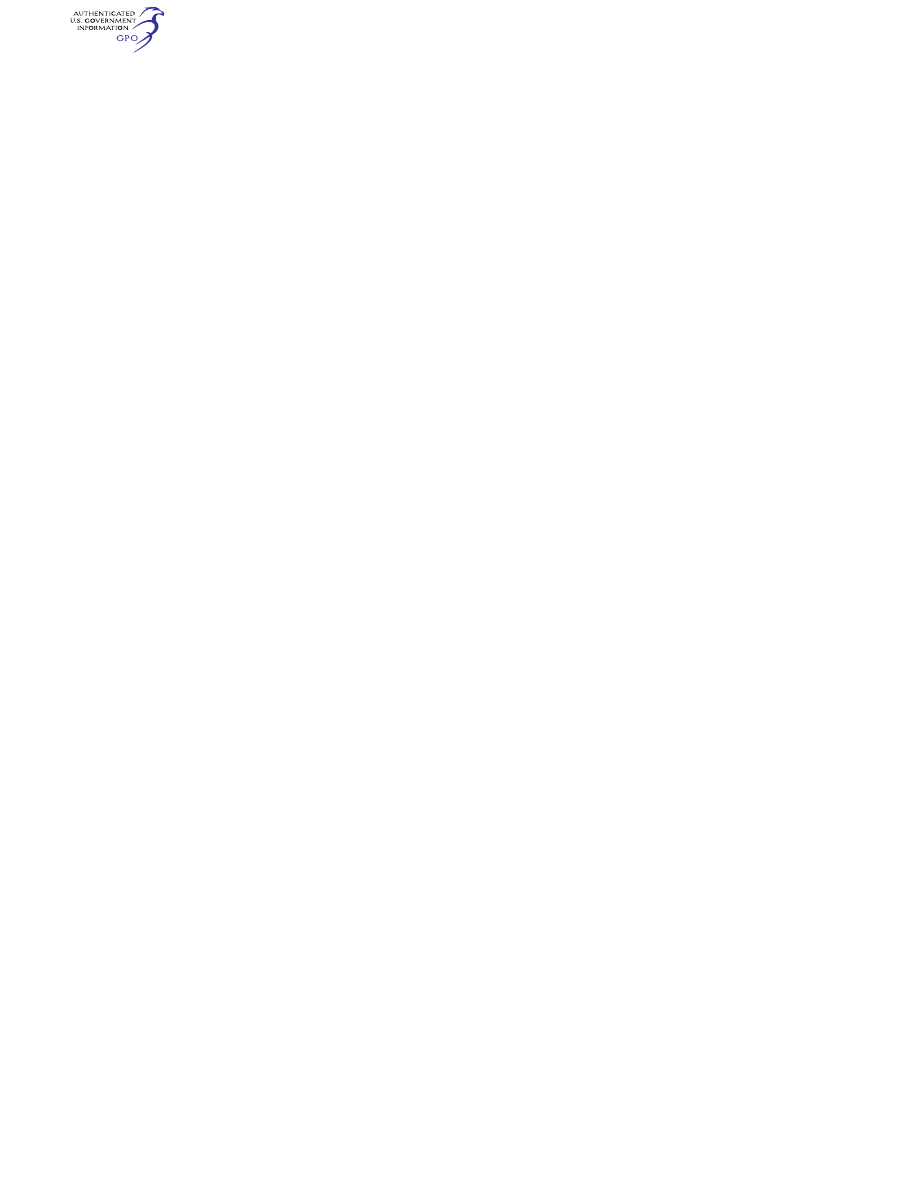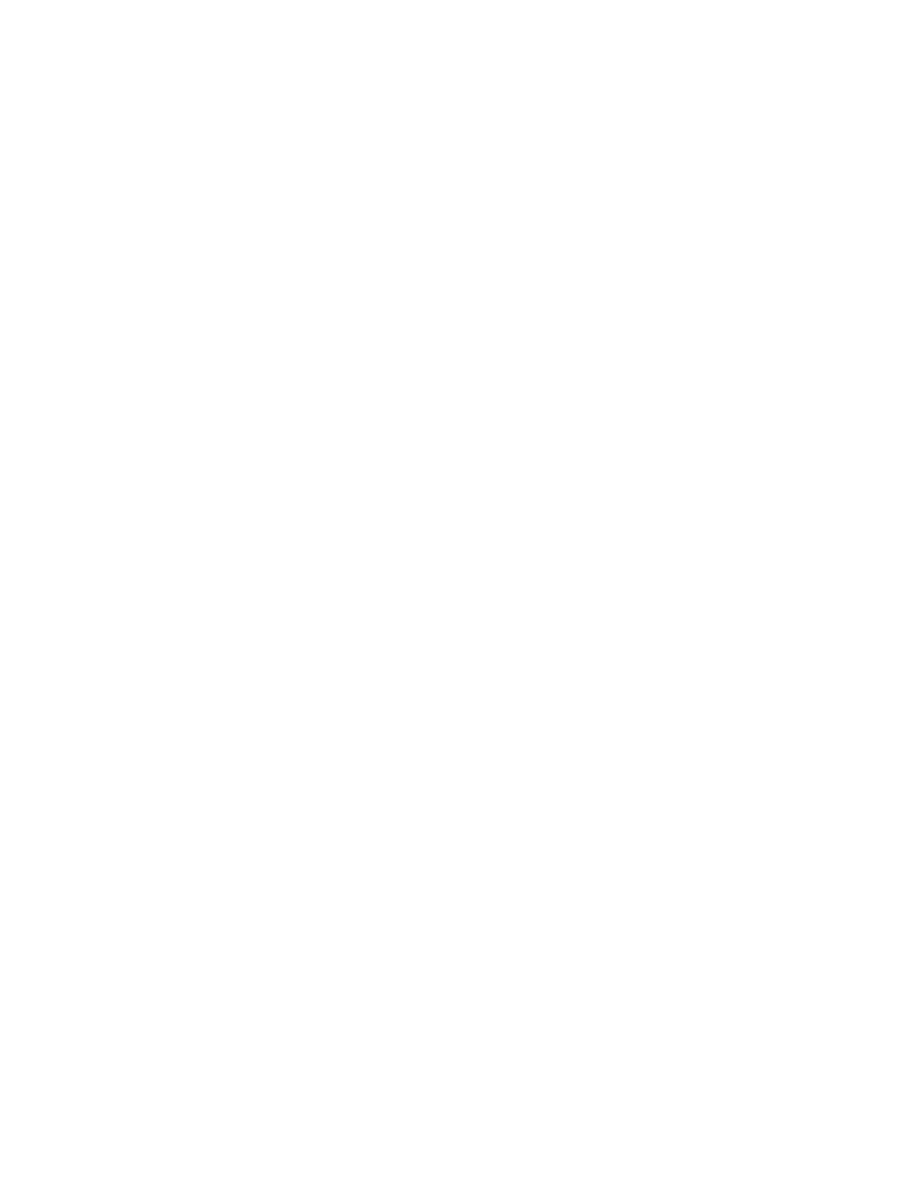
315
Federal Aviation Administration, DOT
§ 25.955
the most critical condition for icing
likely to be encountered in operation.
(d) Each fuel system for a turbine en-
gine powered airplane must meet the
applicable fuel venting requirements of
part 34 of this chapter.
[Doc. No. 5066, 29 FR 18291, Dec. 24, 1964, as
amended by Amdt. 25–23, 35 FR 5677, Apr. 8,
1970; Amdt. 25–36, 39 FR 35460, Oct. 1, 1974;
Amdt. 25–38, 41 FR 55467, Dec. 20, 1976; Amdt.
25–73, 55 FR 32861, Aug. 10, 1990]
§ 25.952
Fuel system analysis and test.
(a) Proper fuel system functioning
under all probable operating conditions
must be shown by analysis and those
tests found necessary by the Adminis-
trator. Tests, if required, must be made
using the airplane fuel system or a test
article that reproduces the operating
characteristics of the portion of the
fuel system to be tested.
(b) The likely failure of any heat ex-
changer using fuel as one of its fluids
may not result in a hazardous condi-
tion.
[Amdt. 25–40, 42 FR 15043, Mar. 17, 1977]
§ 25.953
Fuel system independence.
Each fuel system must meet the re-
quirements of § 25.903(b) by—
(a) Allowing the supply of fuel to
each engine through a system inde-
pendent of each part of the system sup-
plying fuel to any other engine; or
(b) Any other acceptable method.
§ 25.954
Fuel system lightning protec-
tion.
(a) For purposes of this section—
(1) A critical lightning strike is a
lightning strike that attaches to the
airplane in a location that, when com-
bined with the failure of any design
feature or structure, could create an
ignition source.
(2) A fuel system includes any compo-
nent within either the fuel tank struc-
ture or the fuel tank systems, and any
airplane structure or system compo-
nents that penetrate, connect to, or are
located within a fuel tank.
(b) The design and installation of a
fuel system must prevent catastrophic
fuel vapor ignition due to lightning and
its effects, including:
(1) Direct lightning strikes to areas
having a high probability of stroke at-
tachment;
(2) Swept lightning strokes to areas
where swept strokes are highly prob-
able; and
(3) Lightning-induced or conducted
electrical transients.
(c) To comply with paragraph (b) of
this section, catastrophic fuel vapor ig-
nition must be extremely improbable,
taking into account flammability, crit-
ical lightning strikes, and failures
within the fuel system.
(d) To protect design features that
prevent catastrophic fuel vapor igni-
tion caused by lightning, the type de-
sign must include critical design con-
figuration control limitations
(CDCCLs) identifying those features
and providing information to protect
them. To ensure the continued effec-
tiveness of those design features, the
type design must also include inspec-
tion and test procedures, intervals be-
tween repetitive inspections and tests,
and mandatory replacement times for
those design features used in dem-
onstrating compliance to paragraph (b)
of this section. The applicant must in-
clude the information required by this
paragraph in the Airworthiness Limi-
tations section of the Instructions for
Continued Airworthiness required by
§ 25.1529.
[Doc. No. FAA–2014–1027, Amdt. 25–146, 83 FR
47556, Sept. 20, 2018]
§ 25.955
Fuel flow.
(a) Each fuel system must provide at
least 100 percent of the fuel flow re-
quired under each intended operating
condition and maneuver. Compliance
must be shown as follows:
(1) Fuel must be delivered to each en-
gine at a pressure within the limits
specified in the engine type certificate.
(2) The quantity of fuel in the tank
may not exceed the amount established
as the unusable fuel supply for that
tank under the requirements of § 25.959
plus that necessary to show compliance
with this section.
(3) Each main pump must be used
that is necessary for each operating
condition and attitude for which com-
pliance with this section is shown, and
the appropriate emergency pump must
be substituted for each main pump so
used.
VerDate Sep<11>2014
09:06 Jun 28, 2024
Jkt 262046
PO 00000
Frm 00325
Fmt 8010
Sfmt 8010
Y:\SGML\262046.XXX
262046
jspears on DSK121TN23PROD with CFR
